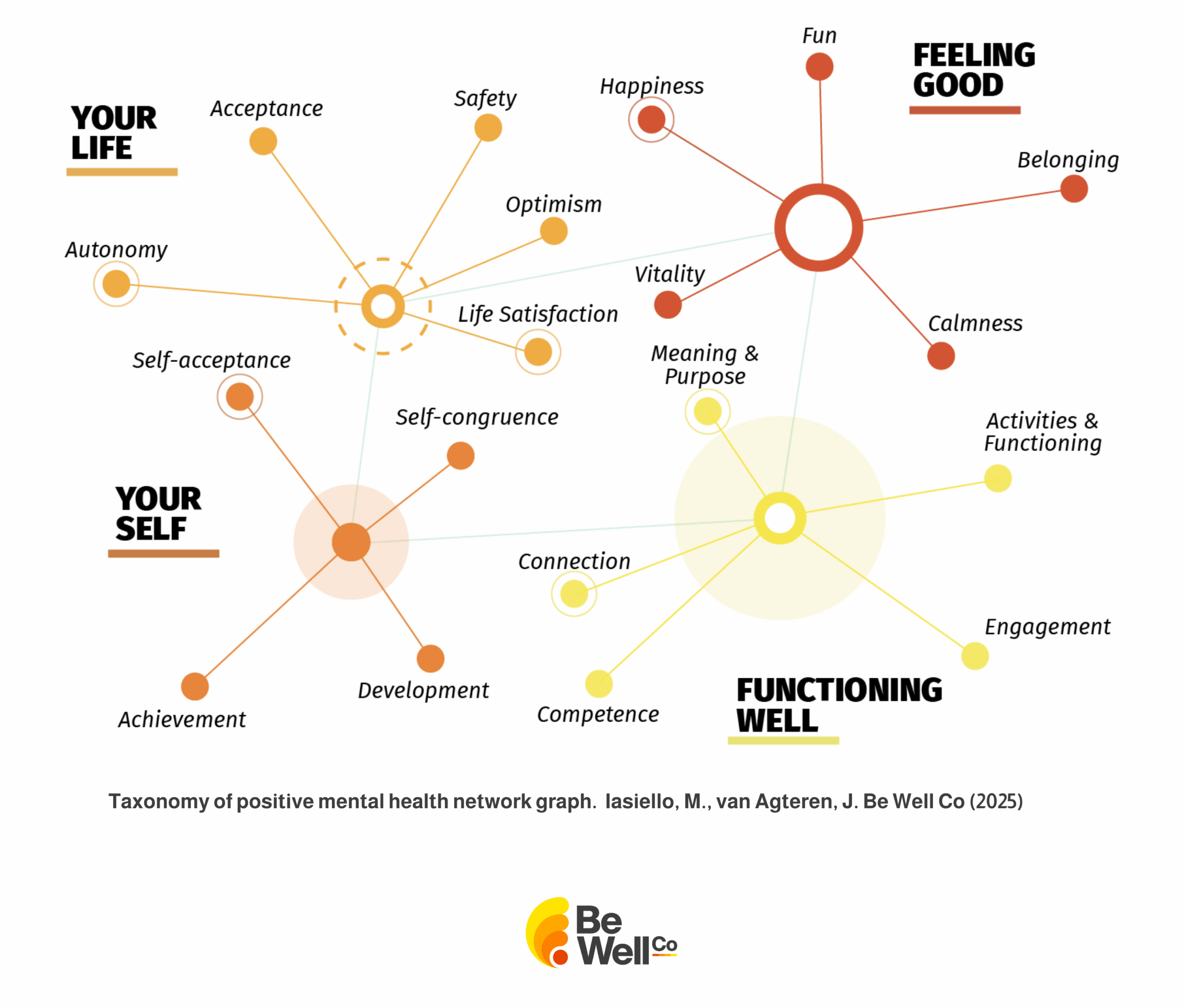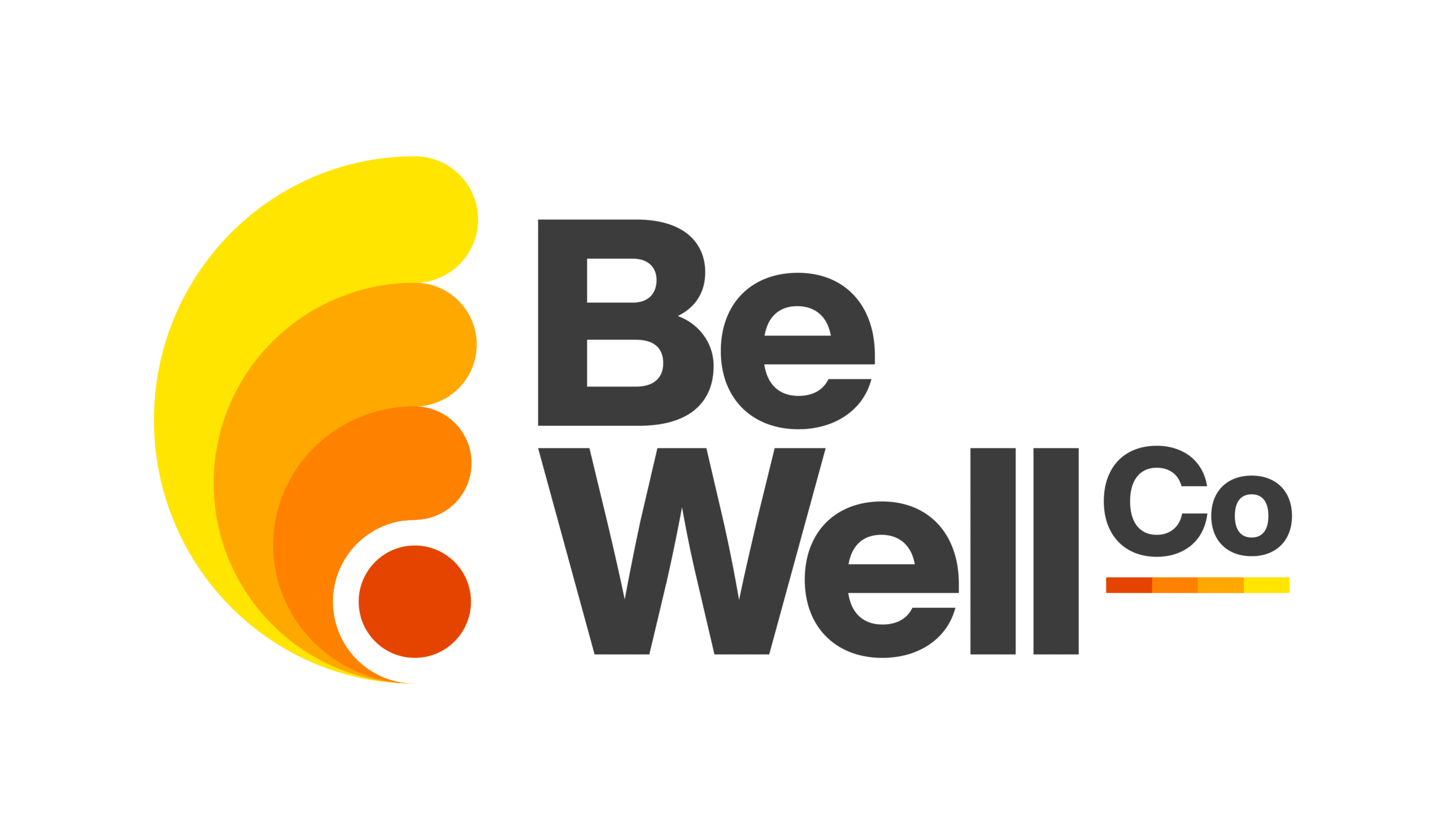A Long-Held Misunderstanding About Mental Health
When the topic of mental health comes up, what do you think about? I’m going to guess you’re thinking of things like depression, anxiety, and RUOK day. If you pay attention to this space, you might be thinking about mindfulness, mental wellbeing, and work-life balance.
For a long time, we’ve treated mental health as an “EITHER/OR” scenario, you either have a mental illness, or you’re mentally healthy. Thinking about mental health in this way has been flawed and leads to the stigmatisation of mental health and mental illness. Now there’s a focus on the ‘positive states of mental health’ and how to build it, which is important but it’s not the whole picture either.
The next step is for us to understand the relationship between mental illness and mental wellbeing – to push past the black-and-white, either/or approach and understand that mental health and wellbeing are related but different.
I believe that properly understanding the relationship between mental illness and mental wellbeing is incredibly important and I’ve focused my entire PhD on this topic. The best way I can demonstrate this incredibly important topic is with the use of cartoon characters. This diagram and the underlying research are based on the pioneering efforts of Prof. Corey Keyes. If you ask me, he doesn’t get nearly enough credit for his work so watch this ted talk on this topic here.

Dual Continua example
By mental wellbeing, we’re talking about the things that contribute to a ‘good life’ or a ‘life well lived’, such as positive emotions and feeling satisfied with life, warm relationships, a sense of meaning in life, and feeling connected and contributing to a community or social group.
The point of this model is to demonstrate that there are multiple ways you can be experiencing levels of distress and wellbeing and that having a high level of one doesn’t necessarily mean a low level of the other. When a diagram includes characters from the Simpsons, it should go without saying that this is a simplification, but it’s still important. We have:
- Bugs Bunny – Sitting pretty with high wellbeing and without distress.
- Ol’ Gil – We all know people like this, someone for whom life just isn’t going right. Not quite satisfied with life, not feeling fulfilled; they are languishing but are not diagnosed with a mental illness. This is the group of people recently highlighted by the New York Times as feeling ‘Blah’. What you probably don’t know about people like Ol’ Gil is that they’re up to 8 times more likely to develop a mental illness in the future. This is a massive risk factor, affecting large percentage of our society (20-30%), and we basically ignore it.
- SpongeBob SquarePants –This is someone who maintains high levels of wellbeing despite their mental illness. These are the group of people who best ‘disprove’ the either/or way of thinking about mental health – because they show that it is possible to have high levels of wellbeing despite mental illness. There are so many people like this in society, who also slip under the radar because they are functioning well. I think this is the reason it’s the most difficult example cartoon to come up with – because we, as a society, just don’t acknowledge them.
- Poor Eeyore – People who are experiencing low levels of mental wellbeing and have a psychological disorder. Research suggests that if we can improve their level of wellbeing (i.e. get them to SpongeBob’s position) we can actually assist them to recover from their mental illness or to live a better quality of life despite their illness. In so many ways I think this is what Winnie the Pooh and Tigger were doing all along.
This ‘dual continua’ model of mental wellbeing is supported by more than 80 research papers from around the world. Authors of these papers stress the importance that this model can have on improving the way we help promote mental health, prevent future mental illness, and help people recover from or manage their mental illness. If you notice someone describing mental health as either/or, now you know that is not the whole picture – and may even be preventing progress in the mental health and wellbeing space.
Which character do you resonate most with? If you know an Ol’ Gil or an Eyeore, reach out and help build their level of wellbeing – helping them build a sense of connection is a great way to start!
At Be Well Co, we have been developing world-leading interventions to help people build and maintain high levels of mental wellbeing as well as deal with distress. We also have an online platform, the Be Well Tracker, that can help you work out how you, and your organisation, are performing across a range of mental health and wellbeing domains.
Learn more about the Be Well Tracker to see how you’re going as well as resources to access further information.
Want to Read More?
 Wellbeing
Wellbeing
New research maps what mental wellbeing really means
What do we mean when we talk about “mental wellbeing”? And why does it matter? A new study commissioned by the Victorian Department of Health’s Wellbeing Promotion Office has tackled one of the most… 09 Sep 2025 3 min read Workplace
Workplace
AI in the workplace – Friend or foe?
How to take employees with you and transform your business In our recent Fruit for thought webinar – “AI in the workplace: Friend or foe?” we had an honest, thought-provoking discussion with Chief Transformation… 22 Aug 2025 3 min read Workplace
Workplace


